2025 Yılı Dış Cephe Kaplama Modelleri:
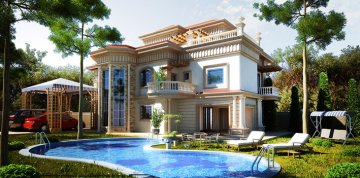
Estetiği Yeniden Tanımlayın: Dış Cephe Kaplama Modelleri Binanızın dış görünümünü ..
Devamını OkuSöve Modelleri: Mimari Estetiğin Yeni Yüzü
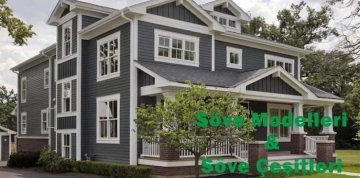
Söve Modelleri: Yapılarınıza Zarafet Katan Tasarımlar Binalarınızın dış cephesine ..
Devamını OkuSöve Nedir? Modern Mimarinin Minimalist

-
Metpor
Söve Nedir? Binalarınıza Estetik ve Fonksiyonel Değer Katan Mimari Dokunuşlar Binaların ..
Devamını OkuSade ve Şık: Düz Söve Modelleri ile Evlerinize

-
Metpor
Düz Söve Modelleri: Minimalizmin Estetiği Düz söve modelleri , minimalizmin sade ve şık ..
Devamını OkuMantolama Rehberi: 2025 EPS Strafor Fiyatları,

-
Mete Yılmaz
Mantolama 2025: Kapsamlı Enerji Tasarrufu ve Isı Yalıtımı Rehberi 2025 mantolama ..
Devamını OkuMetpor'dan Dış Cephe Kaplama Rehberi: 2025 EPS

-
Mete Yılmaz
Dış Cephe Kaplama Tendleri 2025: Estetik, Üstün Yalıtım ve Maksimum Dayanıklılık Rehberi ..
Devamını OkuMantolama Çeşitleri: Evinize En Uygun Yalıtım
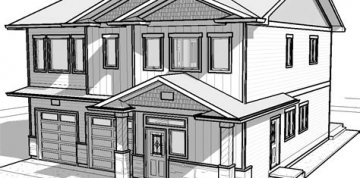
-
Metpor
Mantolama Çeşitleri: Binanız İçin En Doğru Isı Yalıtımını Keşfedin Binanızın enerji ..
Devamını OkuDış Cephe Kaplama Fiyatları: Türkiye'nin En İyi
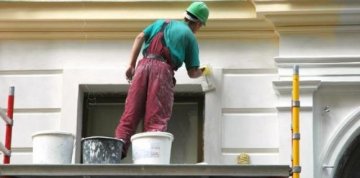
-
Mete Yılmaz
Güncel Dış Cephe Kaplama Fiyatları: Binanıza Akılcı Bir Yatırım Yapın! İstanbul'un ..
Devamını OkuFuga Nedir? Dış Cephelerde Estetik ve Fonksiyonel
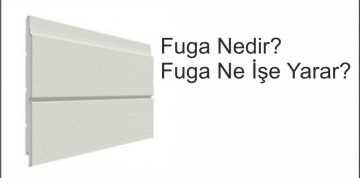
-
Metpor
Fuga Nedir? Cephede Estetik ve Fonksiyonel Çözüm Rehberi Binaların dış cephesinde sıkça ..
Devamını OkuMantolama: Dış Cephe Isı Yalıtımı ile Enerji
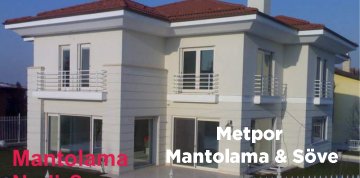
-
Mete Yılmaz
Mantolama Nedir? Binalarınız İçin Enerji Verimliliği ve Konforun Anahtarı Kışın sıcak, ..
Devamını OkuCephe Sistemleri Çeşitleri
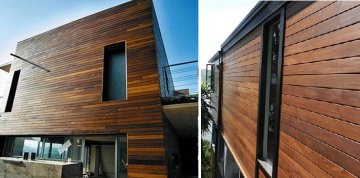
-
Metpor
Mantolama: İstanbul'da Enerji Tasarrufunun ve Konforun Mimarı Kışın sıcacık, yazın ferah ..
Devamını OkuMantolama Yaptıranların Yorumları

-
Metpor
Mantolama Yaptıranların Yorumları: Gerçek Deneyimler, Gerçek Memnuniyet Mantolama ..
Devamını Oku2005 - 2025 MT Web Team | Metpor Söve & Mantolama Ürünleri - Metpordekor.com




Okunma Sayısı : 181 628
Mete Yılmaz